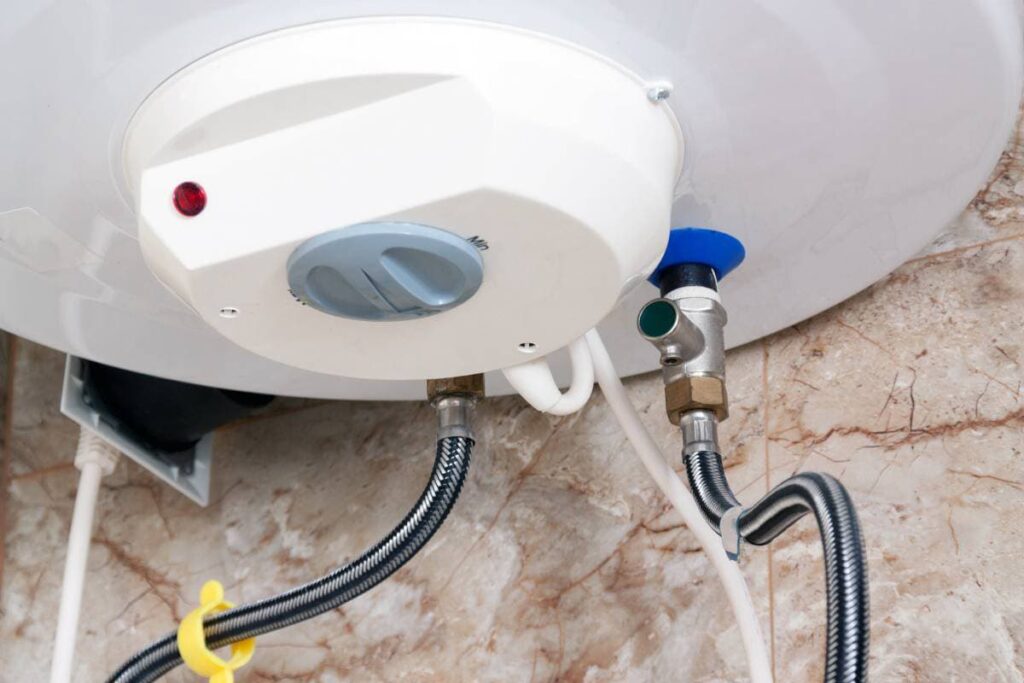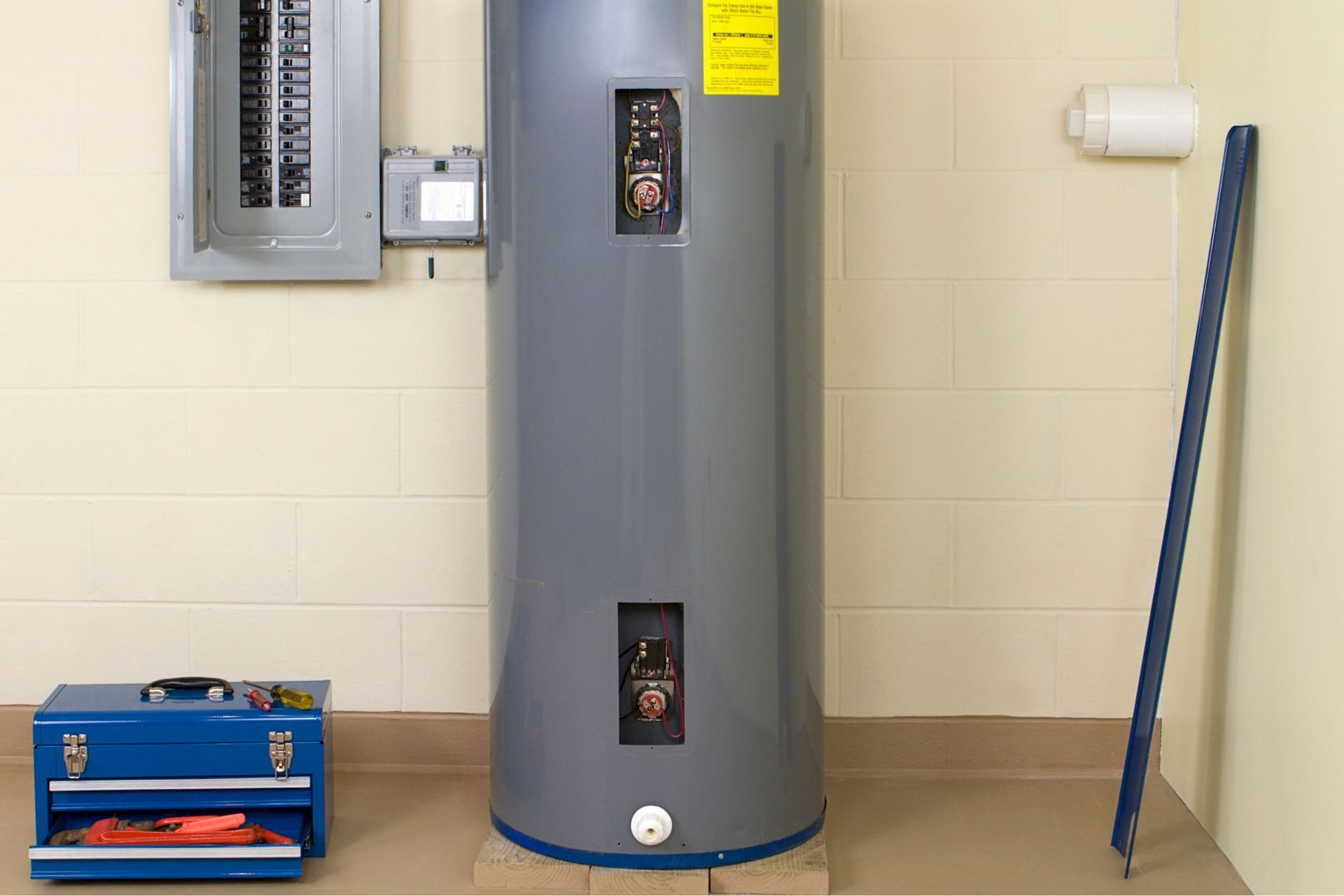Making Sure Durability of Your Home's Hot Water System: Maintenance Tips
Making Sure Durability of Your Home's Hot Water System: Maintenance Tips
Blog Article
Here further down you can discover additional amazing information on the subject of Tips on Maintaining a Water Heater.

Hot water is vital for day-to-day convenience, whether it's for a rejuvenating shower or cleaning meals. To guarantee your hot water system runs successfully and lasts longer, routine upkeep is essential. This article provides functional pointers and insights on just how to keep your home's warm water system to prevent disturbances and costly repair services.
Introduction
Preserving your home's warm water system could seem difficult, however with a couple of simple actions, you can guarantee it operates smoothly for years to find. This overview covers every little thing from recognizing your hot water system to DIY upkeep pointers and knowing when to hire expert assistance.
Value of Preserving Your Hot Water System
Regular maintenance not only extends the life expectancy of your hot water system however likewise guarantees it runs effectively. Ignoring maintenance can result in reduced effectiveness, higher energy expenses, and even premature failure of the system.
Signs Your Warm Water System Demands Upkeep
Recognizing when your warm water system requires interest can stop significant concerns. Look out for indicators such as inconsistent water temperature level, odd noises from the heating unit, or rusty water.
Understanding Your Warm Water System
Before diving into maintenance jobs, it's helpful to understand the basic parts of your hot water system. Usually, this includes the water heater itself, pipes, anode rods, and temperature level controls.
Month-to-month Upkeep Tasks
Routine regular monthly checks can help catch small concerns prior to they intensify.
Flushing the Water Heater
Purging your hot water heater eliminates sediment buildup, improving performance and lengthening its life.
Checking and Replacing Anode Rods
Anode rods protect against deterioration inside the storage tank. Inspecting and changing them when worn is essential.
Evaluating and Readjusting Temperature Settings
Readjusting the temperature settings ensures optimum efficiency and safety and security.
Do It Yourself Tips for Upkeep
You can carry out several maintenance jobs on your own to maintain your hot water system in top condition.
Looking for Leakages
Consistently evaluate pipelines and connections for leakages, as these can cause water damage and higher costs.
Checking Stress Relief Valves
Evaluating the pressure safety valve guarantees it operates properly and avoids excessive stress accumulation.
Protecting Pipes
Shielding warm water pipes lowers heat loss and can conserve power.
When to Call an Expert
While DIY upkeep is useful, some issues require specialist competence.
Complex Concerns Needing Professional Help
Instances include significant leaks, electrical troubles, or if your water heater is consistently underperforming.
Regular Professional Upkeep Advantages
Professional upkeep can include detailed evaluations, tune-ups, and making certain compliance with safety requirements.
Conclusion
Normal maintenance of your home's warm water system is important for performance, durability, and price savings. By following these ideas and knowing when to look for professional assistance, you can ensure a trustworthy supply of warm water without unexpected disturbances.
How to Maintain an Instant Hot Water Heater
Before tinkering with your hot water heater, make sure that it’s not powered on. You also have to turn off the main circuit breaker and shut off the main gas line to prevent accidents. Also turn off the water valves connected to your unit to prevent water from flowing into and out of the appliance. 2. When you’re done, you have to detach the purge valves’ caps. These look like the letter “T†and are situated on either side of the water valves. Doing so will release any pressure that has accumulated inside the valves while at the same time avoid hot water from shooting out and burning your skin. 3. When the purge valves’ caps are removed, you have to connect your hosing lines to the valves. Your unit should have come with three hoses but if it didn’t, you can purchase these things from any hardware or home repair shops. You can also get them from retail stores that sell water heating systems. Read the user’s manual and follow it to complete this task properly. When the hosing lines are connected, open the purge port’s valves. 4. You should never use harsh chemical cleaners or solutions when cleaning your unit. Make use of white vinegar instead. It should be undiluted and you’ll probably use about 2 gallons. 5. Now flush your water heater. This task should probably take about 40 minutes. We can’t give you specific directions for this because the procedure is carried out depending on the type, model and brand of your heater. With that being said, refer to the user’s manual. 6. When you’re done draining the unit, you have to turn off the purge port valves again. Remove the hosing lines that you earlier installed on each of the water valves. Put the valve caps (purge port) back in their respective places and be very careful so as not to damage the rubber discs that are found inside these caps. 7. Now that everything’s back in place, check your user’s manual again to find out how to reactivate your water heating system. 8. Once it is working, turn one of your hot water faucets on just to let air pass through the heater’s water supply pipes. Leave the tap on until water flows smoothly out of it. https://www.orrplumbing.com/blog/2014/september/how-to-maintain-an-instant-hot-water-heater/

As a passionate person who reads about How to Maintain Your Water Heater & Prolong its Life, I was thinking sharing that piece of content was smart. Sharing is nice. Who knows, you will be helping someone out. Thanks for taking the time to read it.
Call Today Report this page